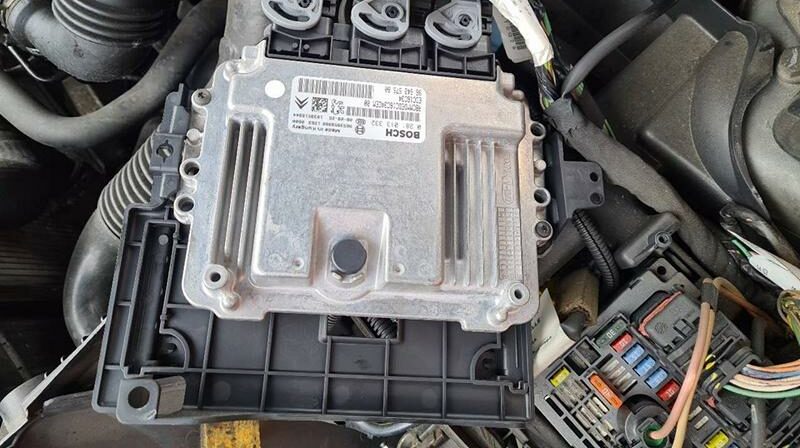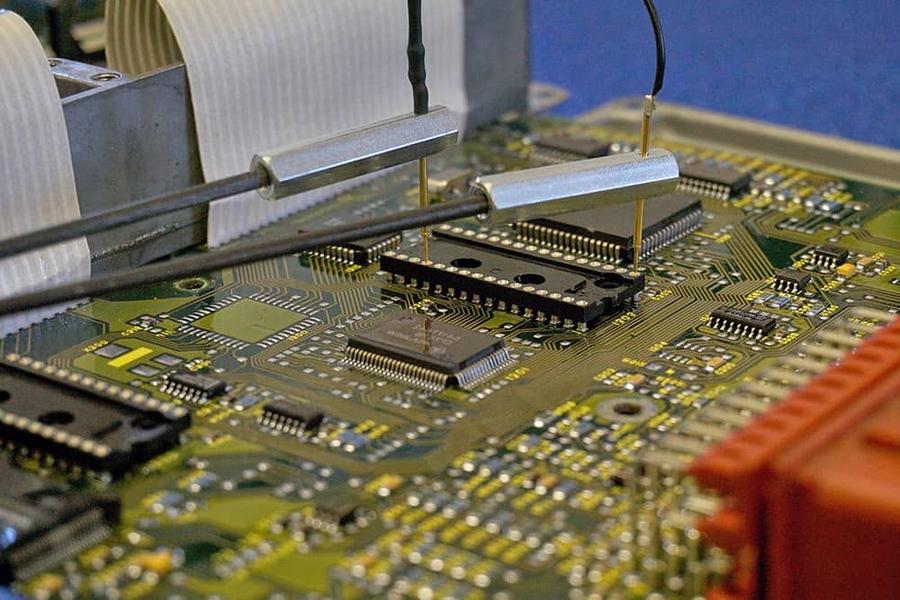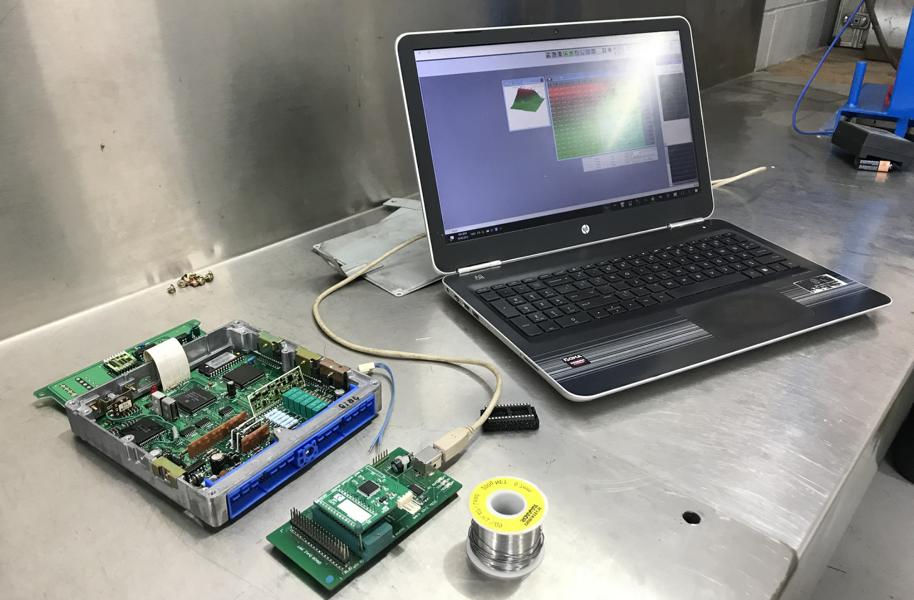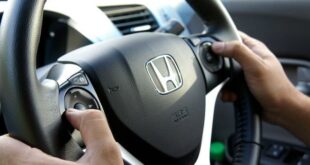Main functions of an control unit (ECU):
-
- Control of engine functions such as throttle, Ignition timing, boost pressure.
- Processing of data over 100 sensors (e.g. outside temperature, accelerator pedal position).
- Symptoms of a defective control unit:
- Check engine light (MIL indicator) lights up.
- Car drives in Emergency mode.
- Shaking of the vehicle or uneven engine running.
- Specific Error codes like P0354 on the Siemens Simtec 71 series.
- Common causes of defects in the engine control unit:
- Short circuits in cabling/components: Caused by external influences such as incorrect vehicle starting.
- vibrations: Long-term exposure leads to damage to the electronics. Devices like this are affected Magneti Marelli IAW 59F / 59M / 5AF / 5AM in Fiat models.
- Temperature influences: Problems especially in summer. For example, this is Delphi Delco Multec HSFI sensitive to heat in Opel models.
- Repair and overhaul of control devices:
- Professionals offer professional Overhauls for defective control devices.
thematically relevant posts
In our category Tips, products, information & Co We have reviews of car or accessories manufacturers, new ones Tuning Wiki Terms or one or two leaks published.
|
What happens if a turbocharger breaks? All information on the topic! |
 tuningblog.eu Your magazine about tuning the car
tuningblog.eu Your magazine about tuning the car





